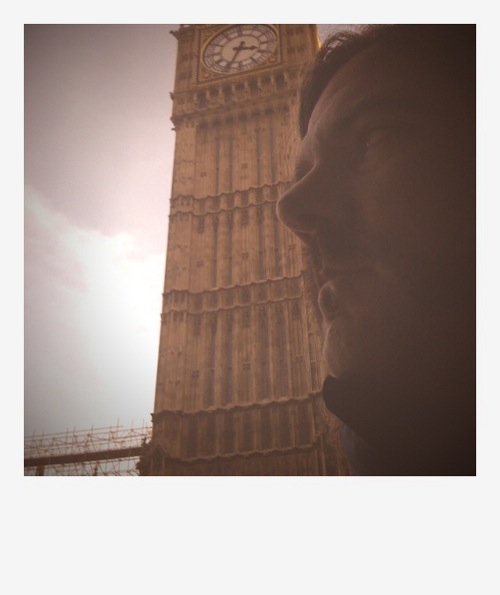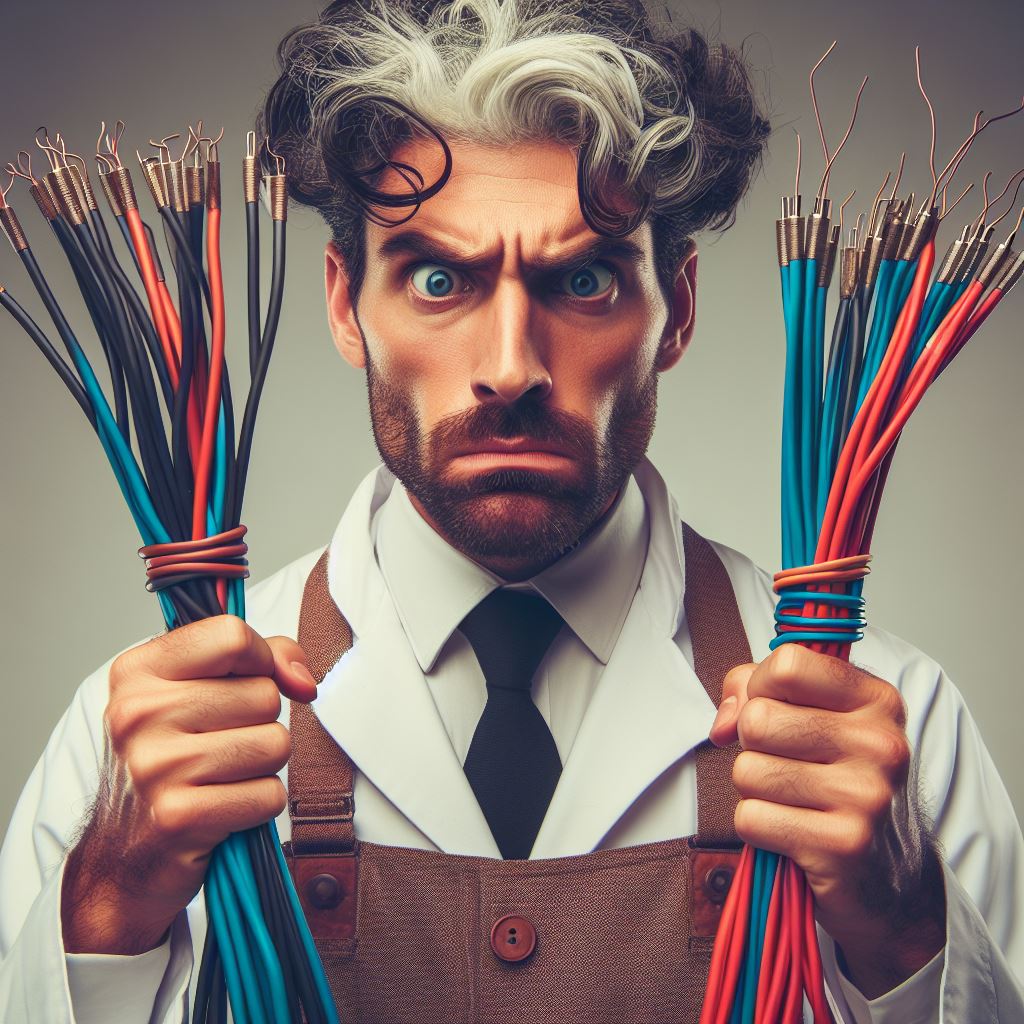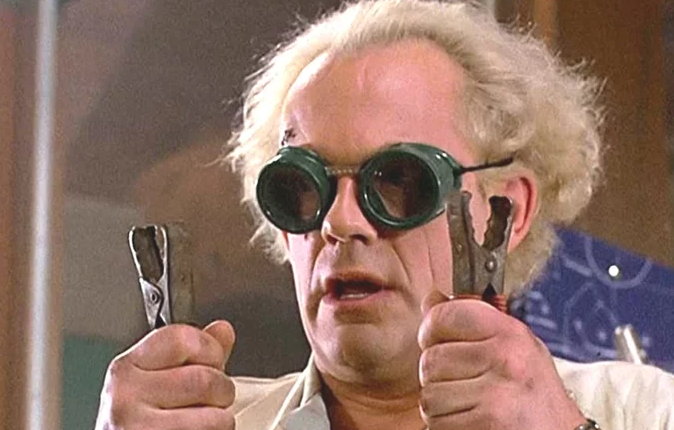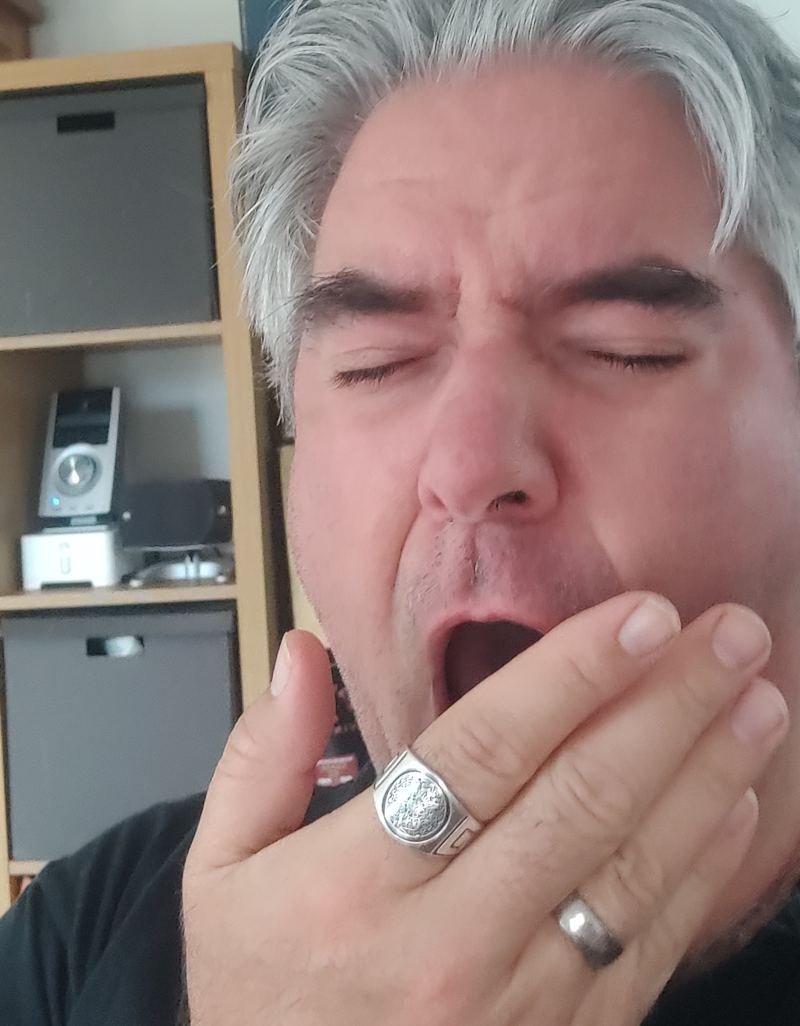Woooooooooooooooooooooooooooooooo! Y’know sometimes when you do something which is just straight-out cool, and you know you’re gonna remember for the rest of your life? Well, that!
I read on the HIGHLY EXCELLENT “Ian Visits” blog that it’s possible to arrange to take a tour of the Clock Tower at the Houses of Parliament, and that sounded to me like a fine and excellent thing to do so – following the instructions – I contacted my local Member for Parliament and made the relevant request (the instructions are here: more info below). A month or 2 later I recevied an email back asking me if I had any preference for dates in November, and soon enough the date was upon us! As you’d expect, on the morning of the tour I went scrabbling around my room to find the letter detailing the meeting place and time, and proceeded to tear the place apart in the process of discovering the “safe and memorable place” I’d put it.
Sadly, no photographs are allowed on the tour – the tourguide’s assistant assertively if somewhat ethereally insisted that this was for security reasons – so I can’t share with you the view down the narrow stairwell, taking in the 334 steps, or the Victorian mechanism – still calibrated to 2/5 of a second using Old English Pennies, or the 4 chime bells and that massive 13.5 tonne Great Bell.
The tour was fascinating, as you’d hope, and during a quiet moment I learned that the tour guide climbs to the top 3 times a day. I also managed to get her to confess that when she goes on holiday it’s typically to places like Holland – no point climbing up things in your spare time, I guess.
The mechanism is purely mechanical, and as we heard & saw it working away at the quarter-to-the-hour point it was quite strange to actually see Victorian-era clockworks in action. There was the sort of amount of ratcheting, clunking and clattering you’d expect but which you rarely see in this day and age as everything gets replaced by electronics. Nevertheless, the clock is maintained by a team of clockmakers – who get extremely narrow windows of opportunity to do any maintenance work! Typically it’s during the hour changeovers at daylight saving.
I was extremely impressed with the reliability and accuracy of the thing – they just never stop it. There’s been points in history where things have caused it to stop, but in terms of system uptime the numbers are pretty damn impressive. One episode the lady told us about was when the fly fans (whose air-resistance provides braking for the descent of the weight driving the chime train) failed, and rather than chiming in a controlled manner the weight just dropped with gravity acceleration, which caused half of the chiming mechanism to hop out of its cradle and distribute itself in pieces around the mechanism room. Luckily it happened at 3am and nobody was in there.
Another time-losing incident happened one day when a group of 50 starlings simultaneously landed and perched on the minute hand, and their weight caused resistance on the hand mechanism. They were moved on by the charmingly British method of a man opening the inspection panel on the clock face, and threateningly waving a broom at them. Probably shouted “Shoo! Shoo!” quite menacingly too, I should think.
Moving upstairs to the bell platform we took in some excellent views of London, before inserting earplugs and witnessing the chiming of the Westminster Chimes. The guide advised us to touch one of the metal beams to get some sense of the vibration resonating through the structure. As the 16 chimes rang out you could certainly feel the metal buzzing, and follow the chimes around the 4 bells as they went off in sequence.
Then there was a slight pause, and I thought to myself – “Wow, that was intense”, nearly forgetting that the Great Bell was to now strike the hour. The massive central hammer moved slightly, and then struck. I wasn’t quite sure what to expect at this point: the sound of Big Ben chiming the hour is a distinctive and iconic note – a slightly flattened E with a hint of twang thanks to the hairline crack, and one to which I’m surprised to say it’s possible to grow accustomed to the longer you live here. But as that hammer struck for the second time it occurred to me that there I was – standing right next to the source of that monumental sound, recognised the world over. The hammer retreated to striking position and rang the third & final hour strike. BONGGGGGGGG!!!!!!!!!!!!!!!!!!!!!! I can’t describe anything quite like it – a real mix of thoughts was swimming around my head, partially about the sheer volume & power of the sound (which took quite some time to stop vibrating), and partially wonderment at the idea that an insignificant computer programmer from Adelaide had somehow manipulated events such that he was standing next to the most recognised clock in the world at 3pm on November 19th. I took my earplugs out, and as the resonance faded off it was hard not to imagine that it was in fact the sound of that chime echoing off into the distance to the edges of visible London.
Slightly head-spinning from this moment we then did a quick tour through the clock’s four faces. The opalescent glass is now apparently irreplaceable, and also quite fragile, and the ironwork comprising the Neo-Gothic face decoration (designed by Augustus Pugin) looks quite spindly. My upcoming visit to Prague perhaps had the idea of defenestration rolling around in my brain, and I wondered if anybody had ever tried to jump out through one of the faces. It made sense though that the ironwork would prevent it – certainly by the way the guide was standing on the ledge with her back to the face suggested that she wasn’t concerned about her safety.
Returning to the bottom of the stairs we passed through the tunnel and back into neighbouring Portcullis House, and on our merry way. I was quietly pleased that such an icon of British and then by extension global importance was subject to the same sort of ineptitude that features in the rest of the Houses of Parliament – I loved the fact that due to the tower not being finished at the time, they tested the first bell at ground level. When it cracked (they were using heavier, and heavier hammers in order to get the tone to the E Natural that Edmund Beckett Denison so craved), the bell was broken down and a second one cast. By the time the second bell was cast the tower was ready, so 8 men took 30 hours to haul it up the top, and after the clock mechanism was put in place they started testing the bell & hammer weight, whereupon the 2nd one cracked! By now it was too late to lower the bell, so they just went with it – hence the “distinct” tone.
Equally I thought it was indicative of the sorts of men they were that the mechanism’s designer, Edward John Dent, doesn’t have his name commemorated in any of the clock parts. He died prior to the project finishing, and his son Frederick Dent completed the clock, and therefore had his name immortalised on the iron framework.
I suppose my favourite fact of the day was that the BBC used to broadcast the chiming of Big Ben live around the world at the strike of noon, 6pm, and midnight – the rules changed though when there was a team of maintenance builders carrying tools and materials up and down, and during the midday chiming one of the men dropped something on his foot or thumb and let fly with a loud swear word which, due to the sensitivity of the BBC microphones, was broadcast live to all corners of the Empire. It was the “f***” that was heard around the world.
In order to arrange a tour, UK residents must write to their local MP with a request. This seems to take a couple of months to process. The tours don’t cost anything, and are open to UK residents. My understanding is that tourists aren’t allowed to do the tours. The official website with instructions and information is found at: http://www.parliament.uk/visiting/visitingandtours/bigben.cfm





